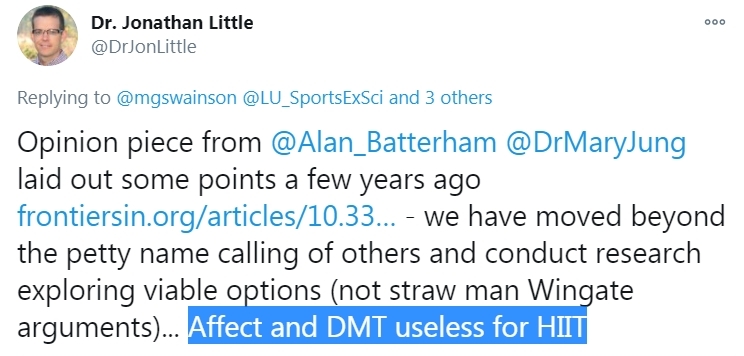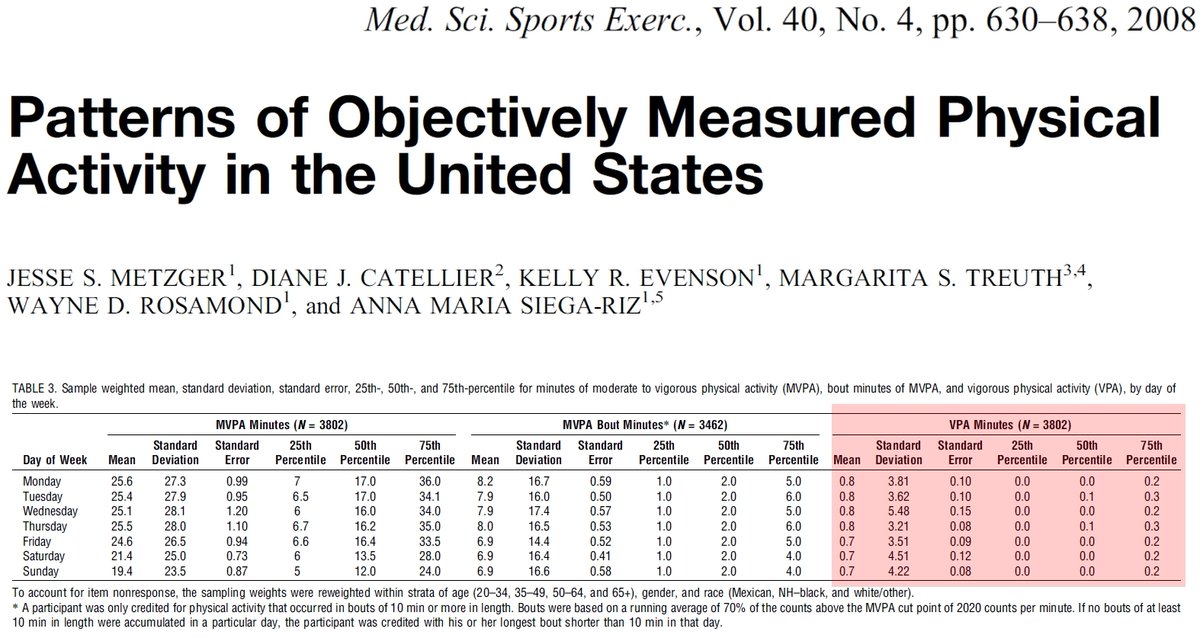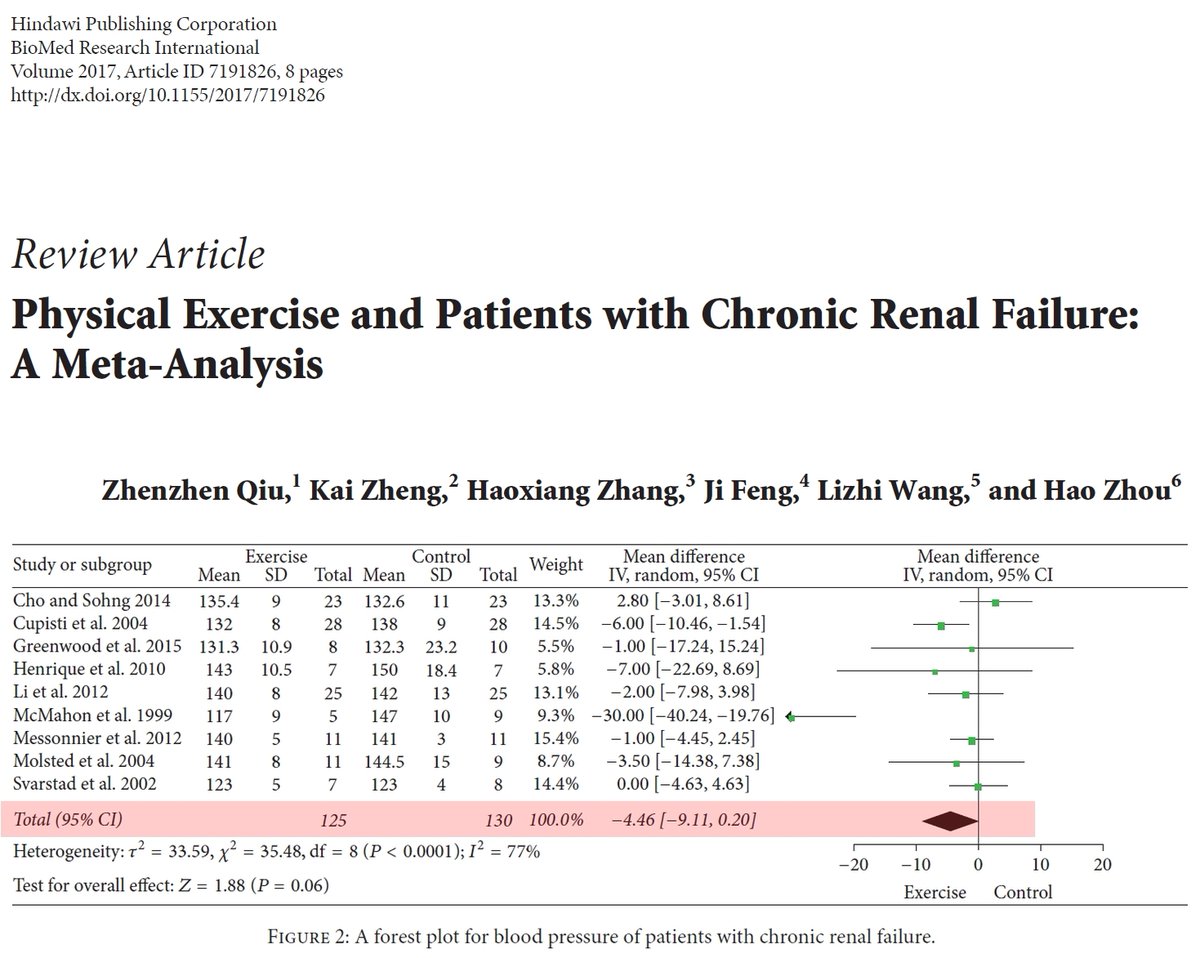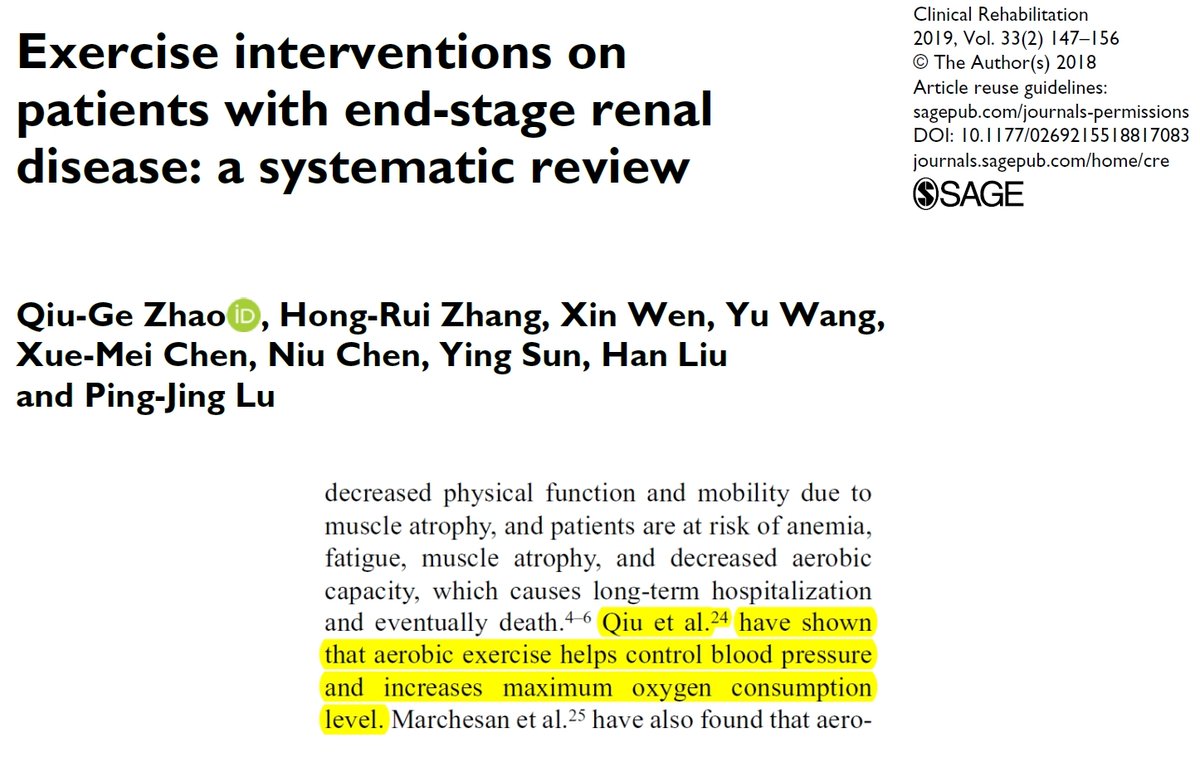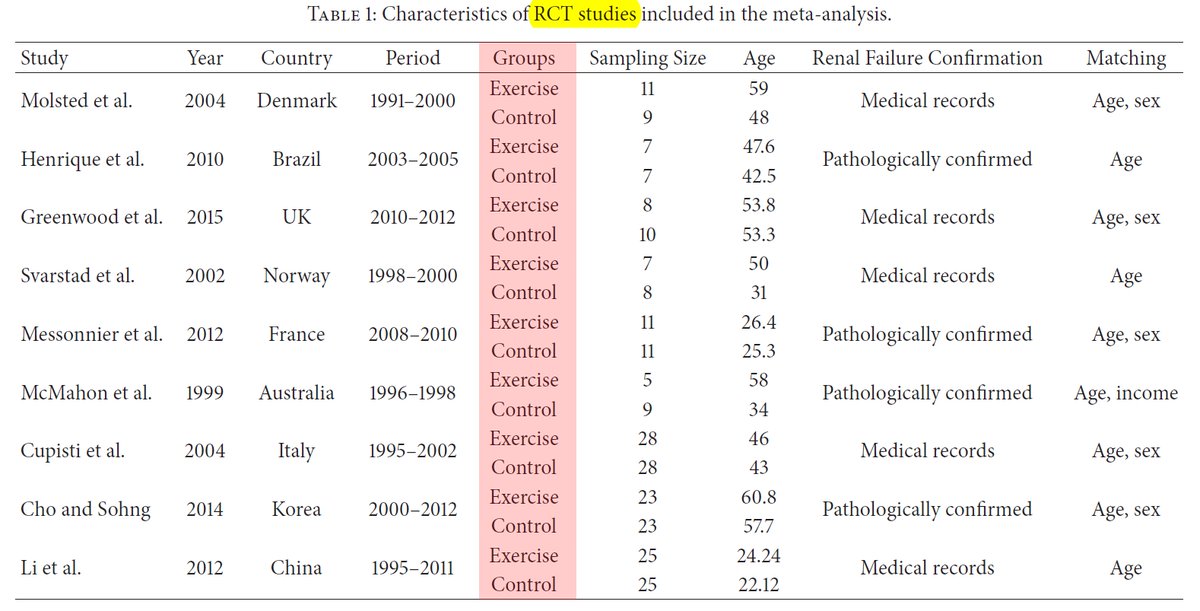
The paradigm shift in exercise prescription cannot / will not come from the propagators of the paradigm. Kuhn told us that "almost always" those who achieve "fundamental inventions of a new paradigm have been either very young or very new to the field whose paradigm they change." 

Kuhn predicted that paradigm change will come from iconoclasts and "mavericks": "being little committed by prior practice to the traditional rules of normal science, [they] are particularly likely to [...] conceive another set that can replace them." 

So, we are now beginning to see multiple (geographically detached and politically emancipated) organizations issue exercise prescription guidelines that depart from the ACSM-dictated paradigm in important ways. 

One crucial difference is the elevation of behavior change, and the psychological mechanisms that support it, to a central consideration. Exercise prescriptions must be (a) effective, (b) safe, and (c) sustainable for self-determined people (ideally, over the entire life course). 



Another point of departure is the abandonment of the "range-based model" of exercise intensity prescription (used since the 1970s) in favor of the more conceptually defensible "threshold-based model" (based on the gas-exchange and respiratory compensation thresholds). 

In sum, kudos to the Secondary Prevention and Rehabilitation Section of the European Association of Preventive Cardiology for being important agents of change!
• • •
Missing some Tweet in this thread? You can try to
force a refresh


